Your location:Home >Automotive News >
Time:2022-06-22 17:27:16Source:
On June 17, Sunwangda announced that it will jointly invest and establish a joint venture company with Dongfeng Group and Dongfeng Hongtai to conduct research and development on cells and modules of power batteries and energy storage batteries and their related components to meet the needs of Dongfeng Group. , Dongfeng Hongtai and its related parties' product demand for automotive power batteries and energy storage batteries.
The registered capital of the joint venture company is 500 million yuan. Sunwoda plans to subscribe for a capital contribution of 255 million yuan, accounting for 51% of the registered capital of the joint venture company. Dongfeng Group and Dongfeng Hongtai contributed 175 million yuan and 70 million yuan respectively, accounting for the joint venture company 35% and 14% of the registered capital.
The initial investment of hundreds of millions of yuan may only be an "appetizer" for power battery research and development. The core of power battery market competition is technology.
The sales of new energy vehiclescontinued to grow, but the power battery supply chain began to be turbulent. The sense of crisis lingered in the hearts of power battery companies. In order to consolidate their competitiveness, the power battery industry was rolled up.
Power battery players and many car companies have stepped into this "road of no return" for burning money.
At every tens of billions, the research and development of power batteries is too expensive
In the "2022 GlobalNew EnergyVehicle Power Battery Development Research" report, Yiou think tank divided the power battery industry chain into three parts: upstream, midstream and downstream.
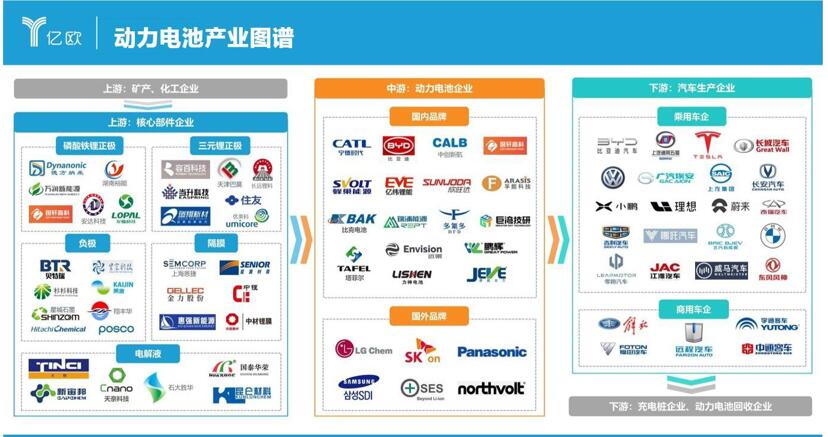
Power battery companies are firmly positioned in the middle of the industry chain. In addition to BYD, which has a variety of businesses, there are mainly five Chinese listed companies: Ningde Times, Guoxuan Hi-Tech, Yiwei Lithium Energy, Funeng Technology, and Xinwangda.
Just looking at their R&D expenditures in Q1 from 2018 to 2022, the polarization is very serious.
The R&D expenditure of CATL is almost the sum of the other four companies all year round. The cumulative R&D expenditure in Q1 from 2018 to 2022 is as high as 18.8 billion yuan.
From 2018 to Q1 of 2022, the R&D expenditure of CATL, Guoxuan Hi-Tech, Yiwei Lithium Energy, and Xinwangda all accounted for about 5% of the revenue. Funeng Technology R&D expenditure accounted for a high proportion of revenue, only because The revenue base is low.
Overall, although the proportion of R&D in CATL is not prominent enough, its R&D expenditure over the years is not comparable to that of other power battery companies.
From 2018 to 2021, BYD's R&D expenditure on battery projects is 7.08 billion yuan, which is as high as 9.16 billion yuan in R&D investment in the same period of CATL.
According to SNE Research data, CATL, Panasonic, BYD, and LG New Energy firmly occupy the top four global power battery shipments.
Panasonic and LG New Energy's investment in power batteries is also considerable.
In April this year, Panasonic issued a statement that it plans to invest about 20.5 billion yuan in "growth areas" includingelectric vehiclebattery cells in 2022-2024, and will also invest in "technical pillars" led by hydrogen energy. The additional investment in the field is nearly 10.2 billion yuan.
In July last year, LG Group stated that it will invest 15.1 trillion won (about 84.76 billion yuan) in the battery field in the next 10 years, of which 12.4 trillion won will be used to develop next-generation battery technology and ensure the production required for the establishment of smart factories. technology, and additional production lines.The remaining 2.7 trillion won will be used by LG Chem to develop cutting-edge battery material technologies and expandproduction capacityof battery cathode materials .
Leading power battery companies such as Ningde Times and Panasonic have achieved market advantages, which are enough to support their continued staking in the power battery industry chain.
For emerging technologies such as all-solid-state batteries, sodium-ion batteries, and precious metal-free batteries, CATL has made corresponding technical reserves and business layouts.
The rear power battery manufacturers, due to insufficient profitability and insufficient funds, are unable to carry out industrial layout in all aspects, but they can choose some areas of power batteries to make special breakthroughs to form differentiated competition.
"New wine in a new bottle", the power battery ushered in a qualitative change
The huge investment in the early stage of power battery companies has finally ushered in the harvest.
With the gradual improvement of liquid lithium-ion battery technology, the research and development of new products such as sodium-ion batteries and solid-state batteries has gradually entered the fast lane.
At present, users are still anxious about the cruising range, safety performance, charging time and other aspects of electric vehicles, but power battery companies are gradually narrowing the gap between power battery performance and user expectations through innovations in battery form, production process, and system integration. difference.
At the GTM2022-Power Battery Industry Online Forum held on June 15, Fan Wenguang, vice president of BAK Battery, said that the cylindrical, square-shell and soft-pack batteries usually referred to in the market are all in the form of batteries, which can be understood as "bottles". .
Ternary or lithium iron phosphate batteries, as well as solid-state, semi-solid and other technical solutions, are the chemical system of power battery cells, which can be considered as "wine".
Different bottles can hold different wines, and the research and development of power batteries is also based on this "one bottle of one wine".
In the past two years, the "stars" of the power battery track have appeared frequently.
On March 29, 2020, BYD officially released the blade battery. With its advantages such as safety, it has quickly become the top of the industry, and models such as Han equipped with blade batteries are in short supply.
In September of the same year, Tesla took the lead in releasing the 4680 large cylindrical battery with electrodeless ears, silicon anode, and cobalt-free technology at its shareholders meeting and battery day event.
In January, Tesla announced that it had pilot-produced one million 4680 cells at its California factory.
The 4680 large cylindrical battery has also become a hot topic this year.In addition to Tesla, BAK Battery, Panasonic, Yiwei Lithium Energy, and CATL have all made arrangements in this field.
Thanks to the structural characteristics of cylindrical battery cells and battery packs, the cells are arranged in a honeycomb shape, and the existing gaps ensure a large enough heat exchange area between the cells and the outside, which can effectively disperse risks.
Fan Wenguang said that as a breakthrough in the penetration rate of electric vehicles, large cylindrical power batteries will accelerate the process of electric vehicles replacing fuel vehicles.
Yiou think tankpredictsthat the market share of cylindrical power batteries will reach about 30% by 2025.
Yiou think tank believes that the large cylindrical 4680 power battery relies on the innovative structural design of "electrodeless ears" to effectively solve the problem of heat generation, making it possible to mass-produce high-nickel, low-cobalt or high-nickel cobalt-free batteries.
As far as battery core materials are concerned, cobalt-free batteries have also become the focus of the layout of power battery manufacturers in recent years.
Companies such as LG New Energy, Honeycomb Energy, Panasonic, and CATL have development plans for cobalt-free batteries.
At the 24th Chengdu International Automobile Exhibition in August last year, the first model equipped with Honeycomb Energy's cobalt-free battery, the ORA Cherry Cat, was unveiled publicly.
The research and development of batteries with emerging materials such as sodium ions has gradually been put on the agenda of power battery companies.
In July last year, CATL released the first-generation sodium-ion battery with a single cell energy density of 160Wh/kg. CATL expects that the energy density of the next-generation sodium-ion battery will exceed 200Wh/kg.
Coupled with the innovation of electrolyte materials, solid-state batteries have come into reality, which is expected to completely solve the safety problem of power batteries, but high cost and high R&D requirements limit their large-scale loading.
As a transitional product of liquid battery and solid-state battery, semi-solid battery is considered to be a compromise solution with high safety and high energy under the current technology and technology level.
At present, companies such as Guoxuan Hi-Tech have released semi-solid battery products.
Various innovations in battery form, cell materials, etc., are finally more fully reflected in the integrated solution of the power battery system.
CTC and CTP technologies have promoted the exploration of the "integration" of the battery box function to the body. Enterprises such as CATL, BYD, and Leapmotor have taken the lead in this field, and Chinese solutions have gradually entered the world.
New energy vehicles are in the ascendant, and the pain points of power batteries still exist.
GTM2022-Power Battery Industry Online Forum, Wei Yimin, Director of the Digital Intelligence R&D Center of CATL 21C Innovation Lab, said that under the fierce market demand environment, to maintain a leading and sustainable technological competitive advantage means that the power battery research and development field must be More resources will be invested, and how to improve the effectiveness of R&D investment is an important issue that all players must face.
In this context, CATL has launched the concept of four major innovation systems, striving to establish advantages in four aspects: material system, system structure, extreme manufacturing and business model.
In addition to hexagonal players such as CATL, other power battery companies have focused on certain pain points of power batteries to make key breakthroughs. While forming differentiated competition, they have also promoted the flourishing of the power battery industry.
The power battery will eventually usher in a qualitative change.
The power battery is stuck in the neck?Car companies engage in self-research
Even in the Ningde era, it cannot firmly grasp the hearts of car companies.
In order to avoid getting stuck on the battery, car companies have begun to look for second or even third suppliers. At the same time, mastering the benefits of power batteries also allows them to grit their teeth and endure the huge and continuous pain, and devote themselves to self-developed power batteries. the way.
Among car companies, BYD, which started with the rechargeable battery business, has been deeply involved in the field of power batteries for many years, and gradually broke through the embarrassing situation that its power batteries are difficult to supply.
In June, Lian Yubo, executive vice president of BYD and president of the Automotive Engineering Research Institute, revealed in an interview that BYD will provide Tesla with battery products.Although this news is not "real hammer", it is not difficult to see BYD's plan to gradually open up external supply of power batteries.
Tesla itself is also a veteran player in power batteries, and its new generation of 4680 batteries has been installed on the new version of Model Y.
In addition, Weilai, Great Wall and other car companies have started to develop their own power batteries early.
On May 25, the ecological environment information service platform of Shanghai enterprises and institutions released the announcement of NIO's new R&D projects.According to the EIA report submitted by Weilai, Weilai plans to build a new R&D and trial production project of lithium-ion cells and battery packs in Anting Town, Jiading District, Shanghai, and plans to build 31 R&D laboratories, 1 trial production line of lithium-ion cells and 1 A battery pack with a total investment of over 200 million yuan.
Honeycomb Energy, incubated by Great Wall, has also developed rapidly in recent years. In 2021, its installed capacity is 2.37GWh, a year-on-year increase of 384%. Now it is on the road to IPO.There are also leading car companies such as GAC and Volkswagen, which have also released self-developed power battery technology.
The reasons why many car companies choose to develop self-developed power batteries are the same as the reasons why they choose to develop self-developed autonomous driving technology. The "soul shell theory" is also applicable to the power battery track.
The supply and demand relationship of power batteries can directly affect the sales of car companies' products, and car companies can't pay too much attention to power batteries.
Especially today, when power battery companies are increasingly becoming the center of the new energy vehicle industry, car companies control batteries, that is, they control the dominant power in their own hands.
In addition to self-research, building a joint venture with a power battery manufacturer is also one of the routes that car companies choose more.
Sunwoda and Dongfeng are not isolated cases. Many car companies such as SAIC and FAW have successfully joined hands with CATL to jointly conduct research and development of power batteries.
The supply chain turmoil caused by multiple factors such as the impact of the epidemic, the conflict between Russia and Ukraine, and rising raw material prices has prevented the supply of power batteries from catching up with the increase in car sales.
BYD, which has achieved the most outstanding sales this year, is largely due to its highly vertically integrated model, which also allows other car companies to see a way to resist the crisis in the supply chain.
Epilogue
Technology research and development is always ahead of mass production, which is one of the foundations for power battery companies to maintain long-term competitiveness.
Technology research and development cannot be accomplished overnight. For leading companies such as the Ningde era, the industrial ecology and technical reserves are relatively complete, and it may be possible to proceed step by step according to their own plans.
For the rear to catch up with strength, it may be more important to choose a good track and conduct differentiated competition.
With the rapid growth of the new energy vehicle market, the power battery industry has also risen.After a round of market competition, the power battery industry pattern has become more stable.
In the context of the epidemic and the Russian-Ukrainian war, the current power battery industry also has new variables.Second-tier battery manufacturers and first-tier battery manufacturers have begun to seize the market. Some OEMs hope to get a share of the power battery field, and upstream new and old materials are also secretly competing.
Yiou Automobile specially launched the content topic "The Offensive and Defensive Battle of Power Batteries" to explore the future of China's power battery industry.This article is the sixth in a special series of articles, which mainly discusses the research and development of power battery manufacturers.
Statement: the article only represents the views of the original author and does not represent the position of this website; If there is infringement or violation, you can directly feed back to this website, and we will modify or delete it.
Preferredproduct
Picture and textrecommendation

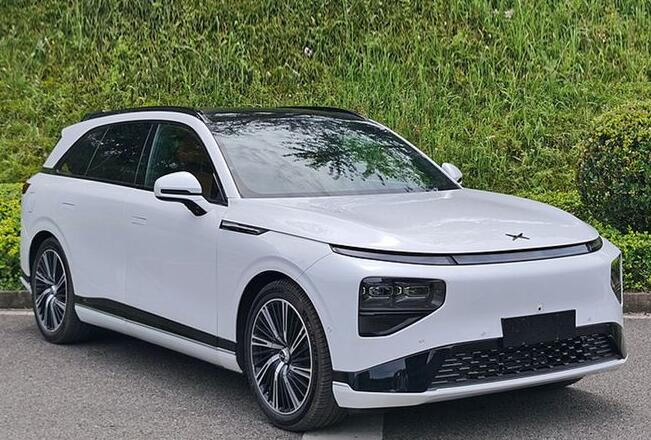
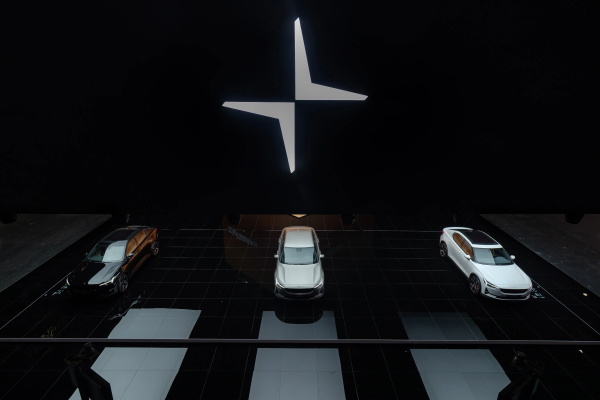
2022-06-22 17:23:28
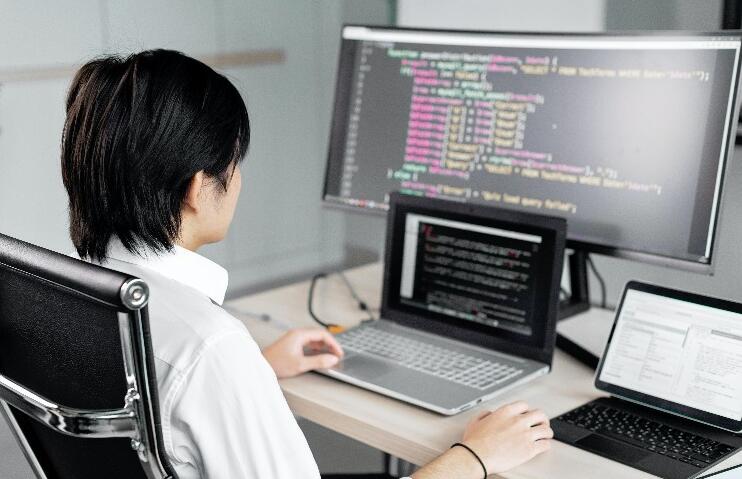
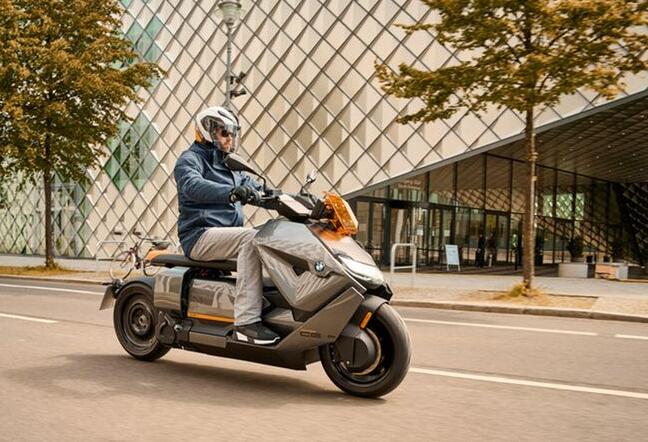

Hot spotsranking
Wonderfularticles
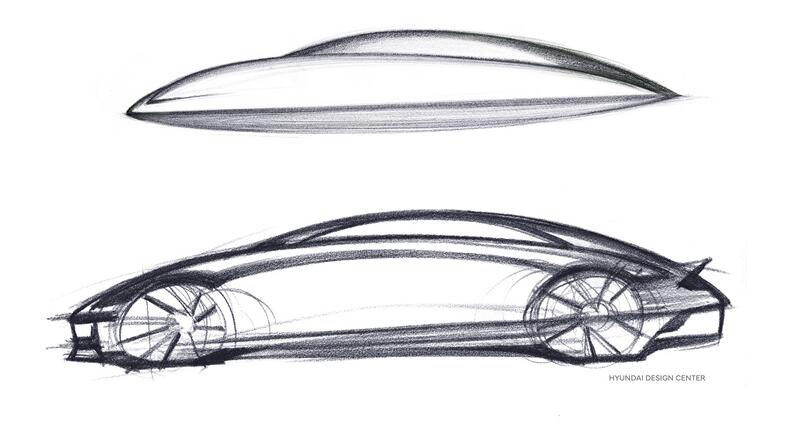
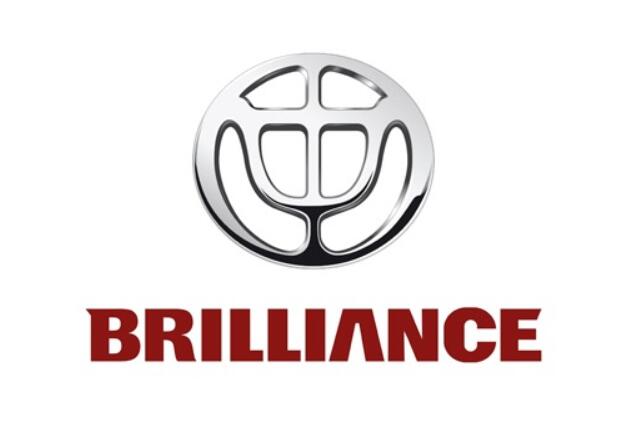
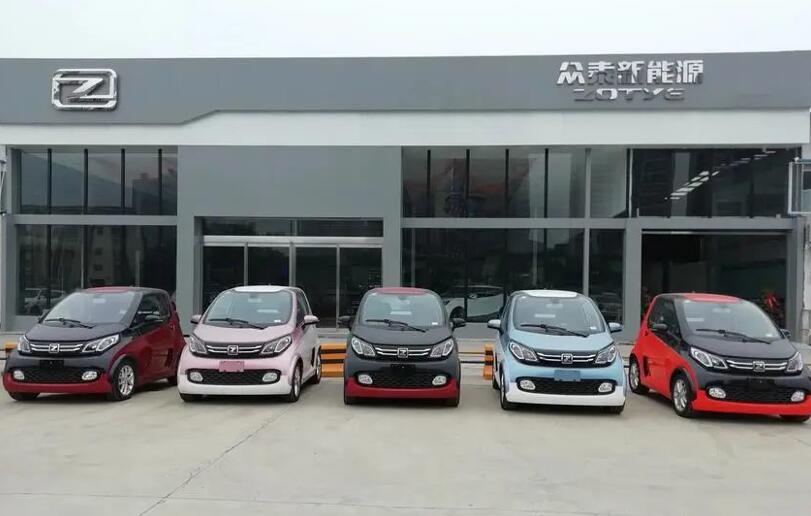
2022-06-22 17:09:02
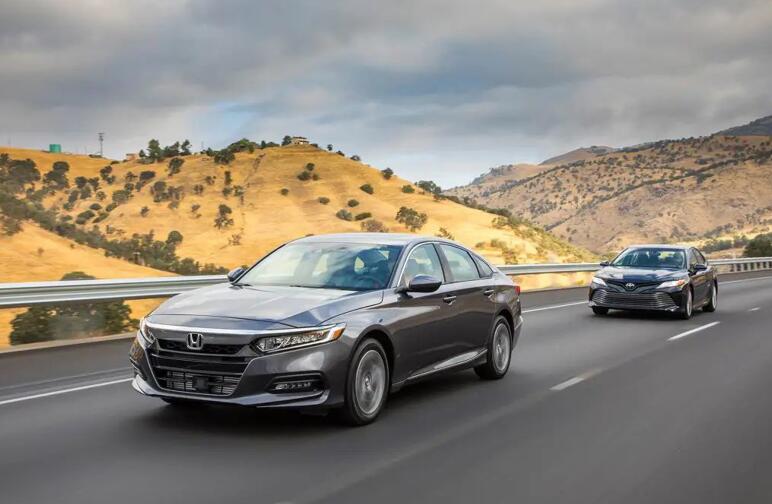
2022-06-22 16:27:54
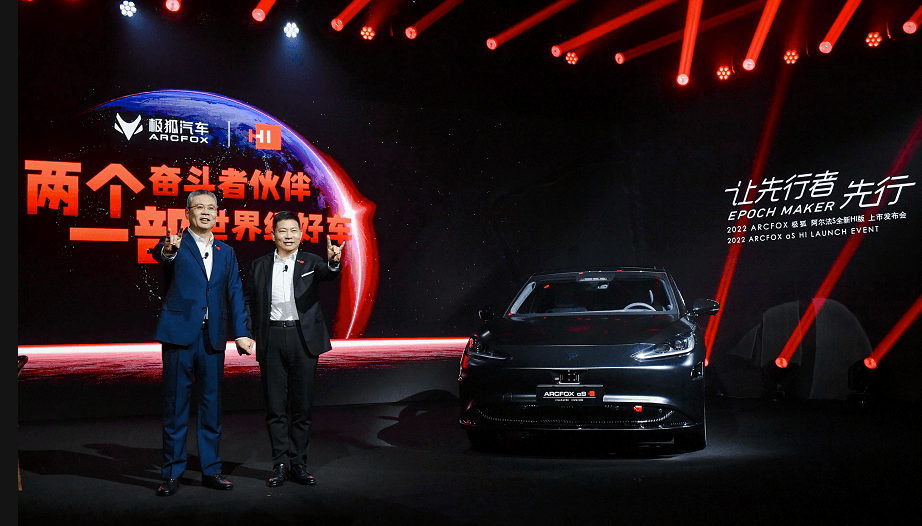
2022-06-22 17:07:19
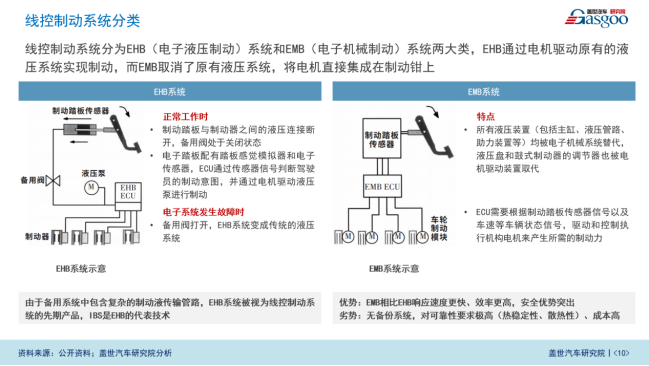
Popularrecommendations
